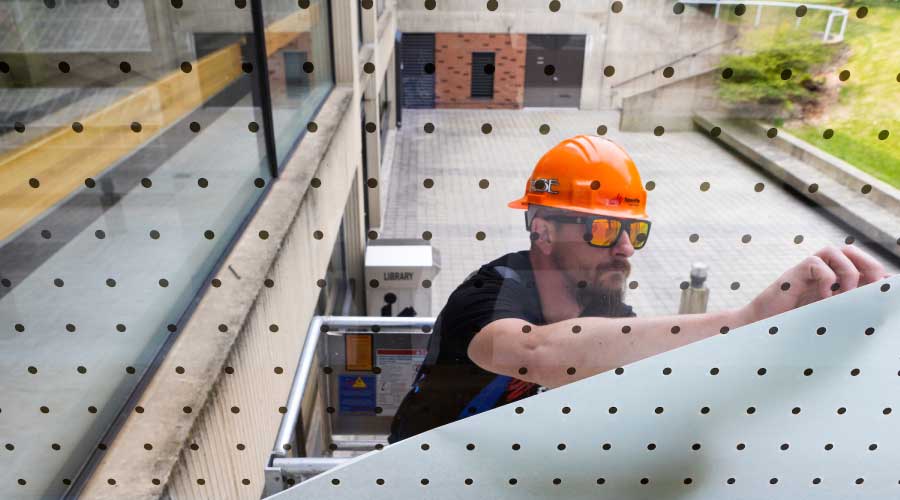Building Characteristics Play Important Role In Selecting Suitable Replacement Windows
Knowing the building type, usage, and performance expectations is also critical to selecting a suitable replacement window. The American Architectural Manufacturers Association (AAMA) North American Fenestration Standard (NAFS) facilitates this process by classifying window assemblies according to standardized designations:
- R: Residential
- LC: Light Commercial (typically low- to mid-rise structures)
- CW: Commercial Window
- AW: Architectural Window (typically suitable for high-rise structures)
For each window class, AAMA provides minimum performance criteria for air leakage resistance, water penetration resistance, and uniform load resistance. The design professional should specify windows of the appropriate class for the project performance requirements.
Energy Savings
Modern windows are far more energy efficient than their predecessors, and a minimum level of efficiency is now often dictated by code. A properly designed and installed window system will likely increase energy efficiency and save money in utility costs. How much money will a window replacement save, and at what point will the reduction in energy costs pay for the cost of the project?
Each building differs in terms of construction, climate, energy use, and local utility prices, but in general, for larger facilities, the answer to that question is: "Never." Or perhaps: "Long enough that it might as well be never."
Given the costs associated with a medium- to large-scale window replacement project, payback time in energy savings often exceeds 20 years. Of course, an accurate estimate can only be determined on an individual basis, through a study undertaken by the mechanical engineer and building envelope design professional. Although the overall project may not pay for itself, such a study can potentially identify component options, such as glass coatings, that could pay for themselves in a much shorter period of time — as little as five years, perhaps — through attributable energy cost reductions.
While energy savings is a welcome byproduct of a window replacement project, it should not be the sole determining factor when considering such a significant capital improvement.
Window design and installation is complex, and the conditions that plague aging assemblies are equally complicated. Problems occurring at and around windows do not always originate within the unit itself, but they sometimes do. Comprehensive evaluation is essential to determining whether the window requires repair, retrofit, or replacement.
Early identification of problems and the undertaking of necessary repairs can reduce operating costs and prevent damage to the building. With proper diagnosis and repair, the life of existing assemblies may be extended, allowing facility managers to plan for major rehabilitation or eventual replacement. When replacement is warranted, proper design and installation are vital to maximizing the service life of the new assembly, minimizing maintenance issues, and optimizing user comfort and energy savings.
Craig A. Hargrove, AIA, LEED AP is senior vice president and director of architecture with Hoffmann Architects, Inc., an architecture and engineering firm specializing in building exteriors. He is a director of the firm's New York City office. He can be reached at c.hargrove@hoffarch.com.
Related Topics:












